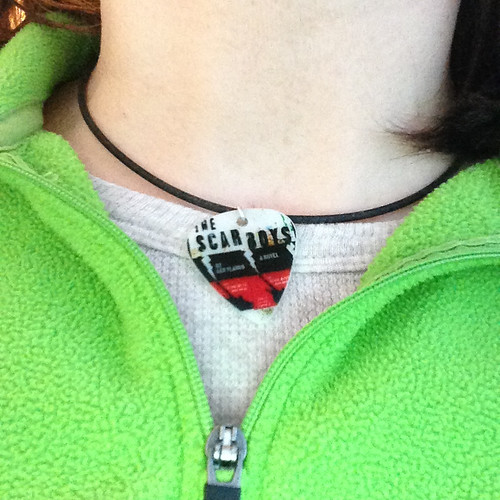Bullying has long been a problem in school but was generally restricted to the school backyard or the hallway. Technology makes bullying even much easier than it was prior to with e-mail, chatroom, and an unlimited audience online. There was a time when all bullying took place face to face now with the web, youngsters can bully each other through popular communication methods even anonymously. Standard bullies constantly had to let their sufferers see them and could only acquire the support of pals who were around. Cyber bullies can humiliate, threaten, and belittle their sufferers without their identification being understood, or they can have an audience of thousands. Cyber bullies are ending up being more and more typical as kids use these communication approaches a growing number of in their lives.

Source: Flickr
Cyber bullies can state things that they can not in front of other people in chatroom, IM’s and on web sites. This enables youngsters to be much meaner than they typically could. Things that they can not say in front of grownups and even other kids are now quickly said online. Cyber bullying is potentially an even larger hazard than conventional bullying because the potential for damaging statements is even higher. Standard bullies could only reach an audience of the other children around, with the internet hundreds of children can gang up on a single youngster.
Cyber bullying is also much easier to do than conventional bullying. All it takes is a couple of crucial strokes and a cyber bully can embarrass their target. Kids are less inhibited when online and it is not as tough to bully when it is over a computer system. Standard bullies needed to have the courage to physically bully another kid or at least use remarks to their face. Cyber bullies have to use much less effort and can be more impulsive.
Conventional bullies could only act out on their sufferers when they saw them. This restricted bullying to school and places that youngsters connected face to face. Cyber bullies can bully others at any time as cellular phone and computers are both at home and at school. Conventional bullies can not injure others at home, however with cyber bullies, home is typically where bullying happens via the computer. This leaves no safe place for the targets of bullying to go as computers are crucial nowadays for finishing schoolwork and communicating with friends.
Although emails and messages are simple to stop, cyber bullies is not as simple to stop as conventional bullies are. Derogatory and hurtful remarks posted online and shared between individuals are difficult to stop and can possibly reach an unlimited number of individuals. As soon as a remark is uploaded online it can reach a limitless number of people and the complexities can be huge. Stopping a traditional bully was relatively simple with the right preventative procedures, however the anonymous nature of the internet makes it impossible.
There are many distinctions in between cyber bullies and conventional bullies however both types are major concerns. Bullying adversely impacts both the bully and the sufferer and if not stopped can trigger major long term damage.












